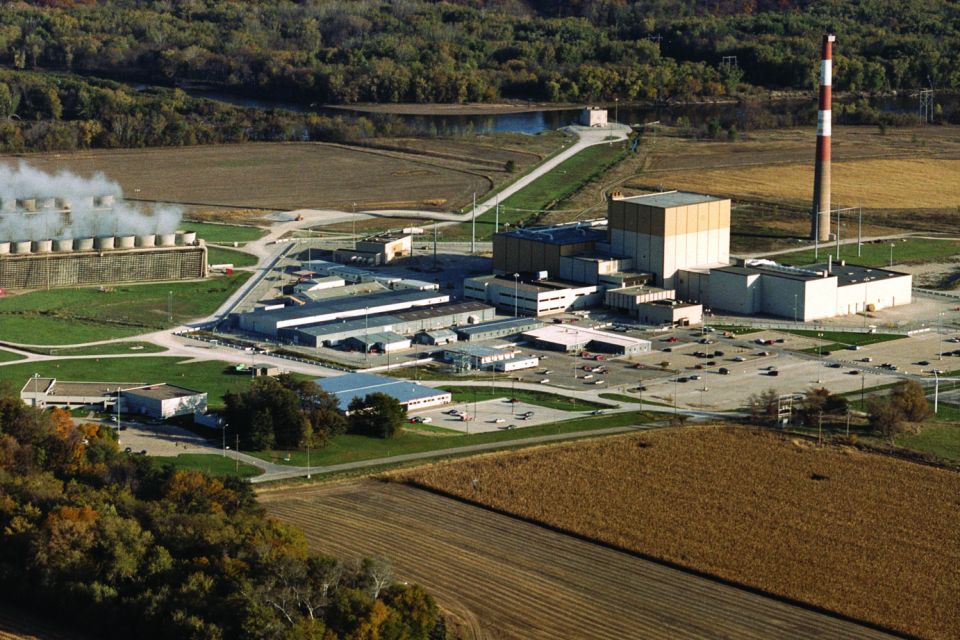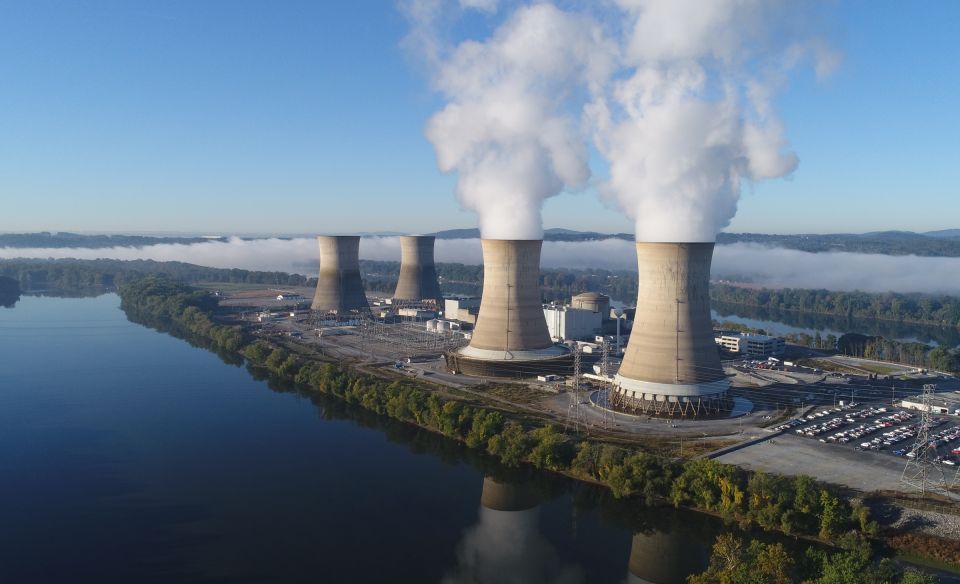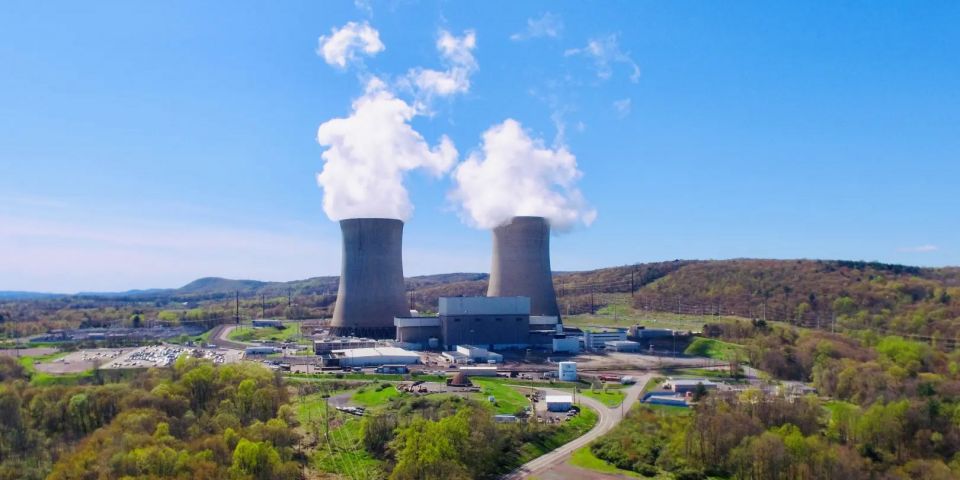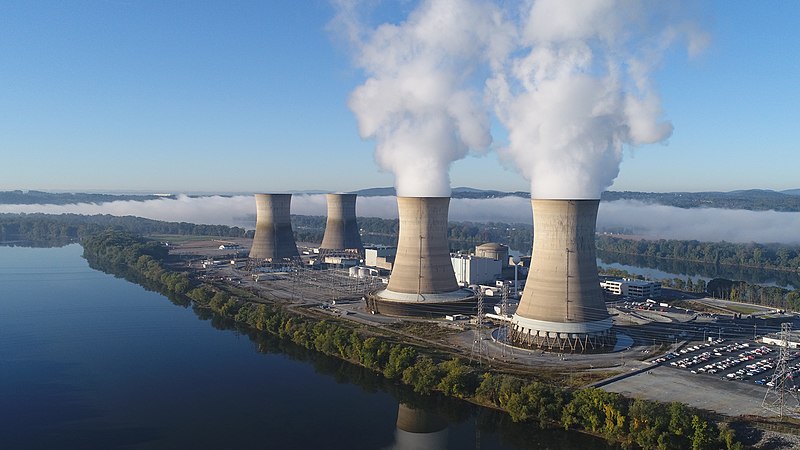Constellation to invest $100M in Maryland nuclear plant

Nuclear powerhouse Constellation Energy announced Tuesday it will spend roughly $100 million to upgrade critical electrical systems and plant equipment at its Calvert Cliffs nuclear power plant, where the company may pursue license renewals.
Preliminary analysis indicates that upgrades to Calvert Cliffs could increase electricity production by roughly 10 percent at the 1,756-megawatt facility, the company said in its news release. The plant, which is the state’s only nuclear power facility, generates 40 percent of Maryland’s total power and 80 percent of its clean power.
“Calvert Cliffs [nuclear power plant] is the largest source of clean, 24/7 power in Maryland, and we are making substantial financial investments to keep it running reliably while generating economic development in Maryland,” said Joe Dominguez, Constellation’s president and chief executive. “With prudent energy policies and customer demand for clean and reliable energy, there is an opportunity for hundreds of millions of dollars of additional investment at Calvert to upgrade the plant and ensure that it can power Maryland for decades to come, supporting thousands of good-paying jobs for families.”
A closer look: As part of the project, Constellation will spend $68 million on 24 state-of-the-art electrical breakers to upgrade the plant’s substation to help enable future customer service on the grid.
Calvert Cliffs began commercial operations in the mid-1970s and received an initial license renewal from the Nuclear Regulatory Commission in 2000. Unit 1 is licensed to operate through 2034 and Unit 2 through 2036.
In the 2024 world list of capacity factors published annually by Nuclear News, Calvert Cliffs-1 had the highest net capacity factor of all U.S. reactors, with a capacity factor of 103.84; and Calvert Cliffs-2 ranked seventh on the list of 92 reactors, with a 97.92 capacity factor.
The project: During Calvert Cliffs’ spring refueling outage, which will begin later this month, workers will upgrade equipment; refurbish and replace critical pumps, motors, valves, and control rod systems; and overhaul the plant’s 13-kilovolt transformer. Many of the tasks performed during the outage cannot be accomplished while the unit is on line, Constellation said.
Annual maintenance and refueling outages—when one-third of the fuel is swapped out for new fuel assemblies and loaded into the reactor—allow the plant to run reliably, 24/7, with zero carbon emissions through the next fuel cycle.
The outages also provide thousands of temporary jobs, in addition to the plant’s 800 full-time employees. Calvert Cliffs is bringing in more than 2,000 skilled electricians, pipefitters, welders, carpenters, laborers, steamfitters, and other tradespeople from across the country to perform inspections, tests, and maintenance activities, Constellation said. The visiting workers patronize local hotels, restaurants, stores, and gas stations, providing “a significant increase in revenue for local businesses, the backbone of our economy,” said Kathyrn Maney, president and CEO of the Calvert County Chamber of Commerce, in the news release.
Baltimore-D.C. Metro Building Trades president Greg Akerman said, “This investment will not only generate new opportunities, but it will also help secure the long-term future of the plant. Calvert Cliffs has been a cornerstone of Maryland’s economy, providing stable and family-sustaining jobs for half a century. By committing to investments like this, Constellation Energy is securing a pathway to family sustaining jobs for the next generation.”
At the statehouse: A group of Democratic state legislators at a recent news conference unveiled a trio of bills designed to create new energy sources (including nuclear) and lower skyrocketing residential energy bills, WBAL news radio reported. The bills under consideration in the Maryland legislature are known as the Next Generation Energy Act, the Renewable Energy Certainty Act, and the Resource Adequacy and Planning Act.
“We are here for a very specific purpose: One, we have to drive more Maryland-made energy. Two, we have to make sure that energy is cleaner than the energy we generate today. And three, we have to generate that energy now to lower utility costs,” said Senate president Bill Ferguson (D., Dist. 46), according to WBAL.
Energy bills in Maryland are rising, in large part because the state has to import 40 percent of its energy from neighboring states, which requires costly transmission lines—and that expense is ultimately passed on to utility ratepayers, the Washington Post reported.
An analysis from the state’s Office of People’s Council shows that Baltimore Gas and Electric, one of the largest utilities in Maryland, is facing 50 percent higher costs to deliver natural gas to consumers and 30 percent higher costs to deliver electricity, compared with 2020 prices.









